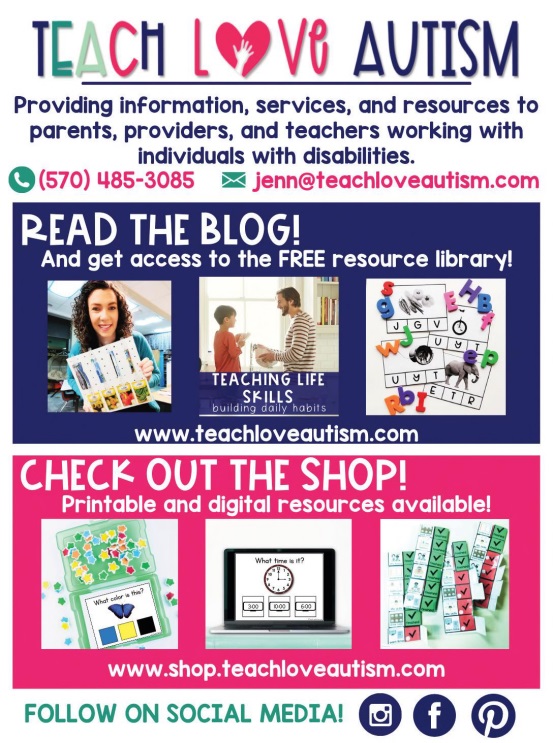while visual tools can help to develop visual perception and attention. Auditory tools can help to develop auditory perception and language skills, olfactory tools can help with perception and memory, and vestibular tools can support physical sensory input and output to reduce stress and allow focus.
TIPS FOR USING SENSORY ITEMS
There also can be some challenges, as exposing individuals with autism to things that are new or change things they are used to, can cause stress. So, here are some ideas and strategies on how to help make the process easier and more effective.
START WITH FAMILIAR TOYS
Before introducing something completely new, try something that may be familiar to the student to get them used to the sensory activity. Start with a small amount of time, and slowly and gradually increase the duration that you expect the student to use or interact with it. This can help prevent overwhelming the student with too much new input at once.
PROVIDE MODELING AND CLEAR INSTRUCTIONS
We need to remember that using some of these toys and tools may be very novel to the individual. Think of when something is introduced to a puppy or young child for the first time. They need to explore the item, see how it works, listen to the sounds it makes, and sometimes be taught the features of the item and what can be done with it. This is no different when using new tools with an individual with autism.
Provide the individual with clear instructions (sometimes visual is best), so they know how to use the item to achieve the desired action or result. Demonstrate how to wear the weighted vest, or how to pull on the resistance bands to get the sensory input needed. This can help the individual learn what the item is for and how to use it safely and appropriately. Remember that it may take some time for the individual to learn how to use the item, so have patience, just like when teaching any new skill.
USE POSITIVE REINFORCEMENT AND OBSERVE THE INDIVIDUAL'S REACTION
While the individual is using the item, be sure that you are providing positive praise and feedback to the individual as they touch, or engage with the toy. You may consider using a reward system that you know the individual responds well to. For example, after an expected amount of time using the item, the individual earns something desirable, such as a sweet treat, stickers or a toy.
Pay attention to the individual's reaction when using the item to determine if he or she likes it. You can also tell by watching the individual interact with the item, whether the individual gets overstimulated or feel discomfort. If the individual seems overwhelmed or uncomfortable, consider taking a break or offering a different activity before returning to the item again.
OFFER VARIETY AND ALLOW CHOICE
Offer a variety of sensory items to the individual over different periods of time. Many times, if we provide a choice to individuals, they will gravitate towards something that interests them, which also will increase the likelihood that they will use it. Eventually you may find that it is helpful to get the individual involved in choosing new items, as this can help with promoting independence and personal choice.
Remember, every individual with autism is unique, so it’s important to tailor these strategies to the individual’s specific needs and preferences. It may even be helpful to consult with an occupational therapist and conduct some assessments to find the tools that will work best for that individual’s needs to determine success.
ABOUT THE AUTHOR:

Jenn Adams is a special education and elementary teacher living and work in Pennsylvania. She has taught in multiple classrooms, grade levels and settings including regular education, special education, and alternative education. She has taught grades Pre-K, 1st, and 5th12. Currently, Jenn works for a public cyber charter school teaching students in grades 5th through 8th in an autistic support virtual classroom. Jenn obtained her Bachelor’s degree in elementary and early childhood education in 2007 from Millersville University. She also obtained her Master’s degree in 2014 in special education from Saint Joseph’s University. Jenn also added the credentials of becoming a registered behavior technician (RBt) working closely with students with autism and intellectual disabilities working with principles of Applied Behavior Analysis. Lastly, Jenn is currently pursuing her principal’s certificate from California University of PA. In her 14 years in education she truly has found that building relationships is what needs to come first and loves learning new ways to reach her students. During her time not spent in the classroom Jenn conducts parent training with colleagues in the special education field and provides information through her blog, website, and social media channels all called Teach Love Autism. Jenn also works hard every day to find a work and life balance and believes that is the key to happiness in doing what you love.
